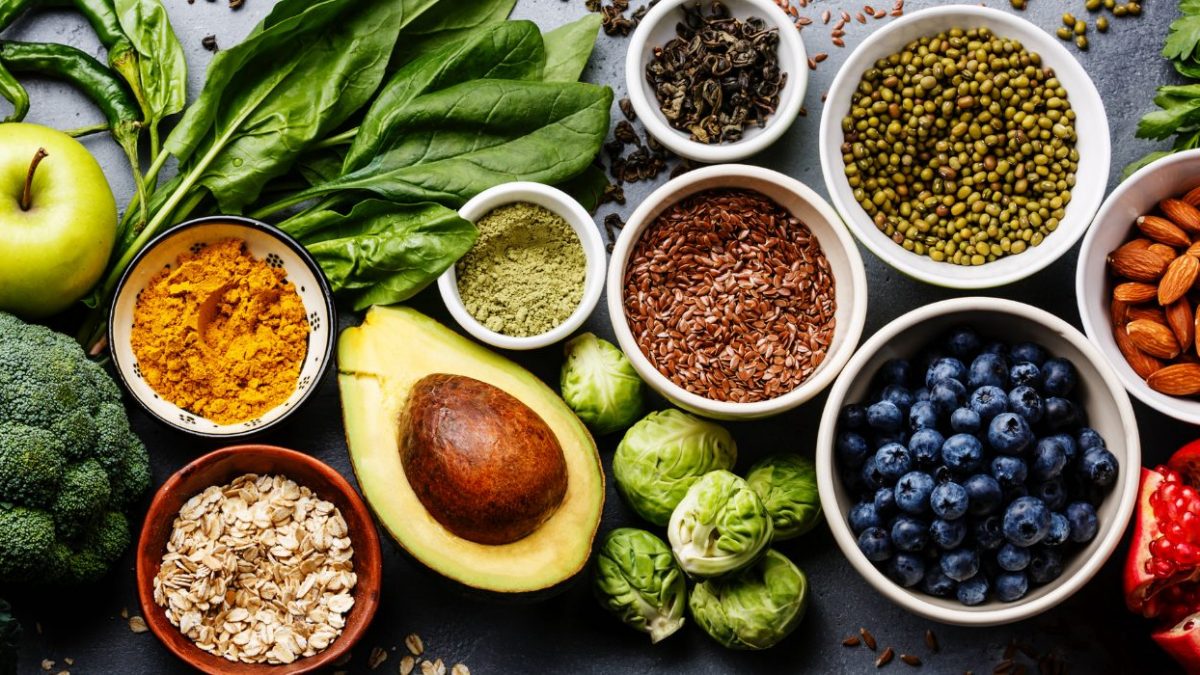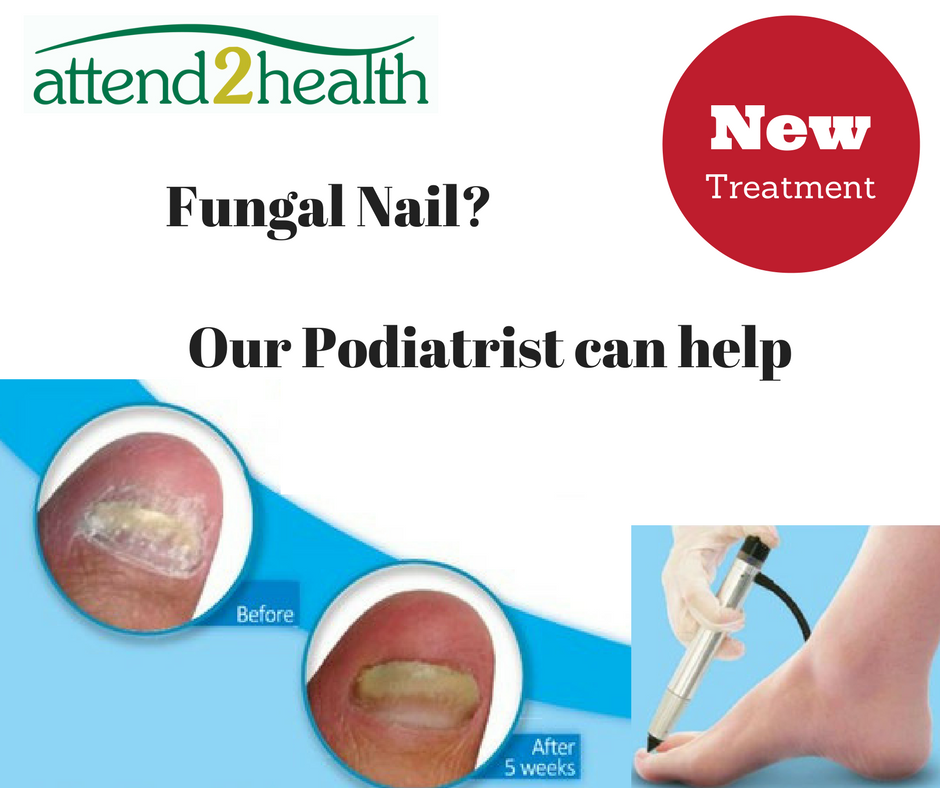Blog post by our Nutritional Therapist Deborah Lethby.
Eating for Healthy Bones During Perimenopause
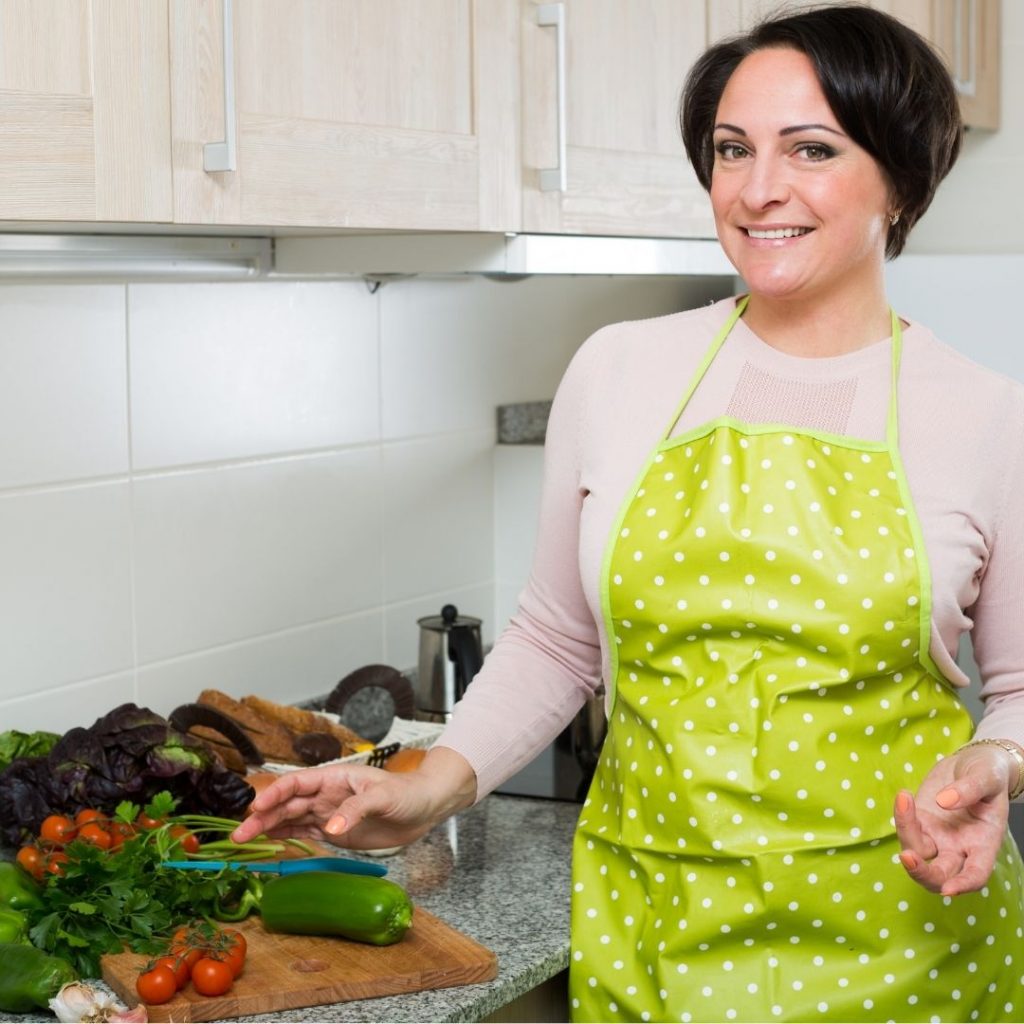
Perimenopause is the period of a woman’s life that, on average starts at around 45 years of age. It is the start of the decline of our female hormones that culminates in menopause at around 51 years of age in the UK. Women can be in this phase for up to 10 years.
There are many important diet and lifestyle factors to consider when a woman is approaching perimenopause/menopause. Getting the full picture of your health during this time is vital – it’s not just about sex hormones (oestrogen, progesterone and testosterone), but also involves gut health, adrenals, thyroid, blood sugar balance, oestrogen metabolism and liver health too. Nutritional therapy takes a wider view, aiming to support every aspect, and help the body to move more easily through perimenopause and menopause.
One of the important considerations as we reach perimenopause is our bone health. We may think that we only need to start worrying about this once we reach our 40’s and 50’s. However, we can’t actually build any more calcium into our bones from our late twenties, so it’s important to look after our bones and preserve them long before we reach menopause.
A decline in oestrogen levels as we reach perimenopause (from 35 years) plays a huge part because as the hormone levels drop, we can begin to lose bone mineral density (BMD). One in four women over 50 is diagnosed with osteoporosis, which is loss of bone strength thereby causing them to break more easily.
So, what should we eat to help protect our bones?
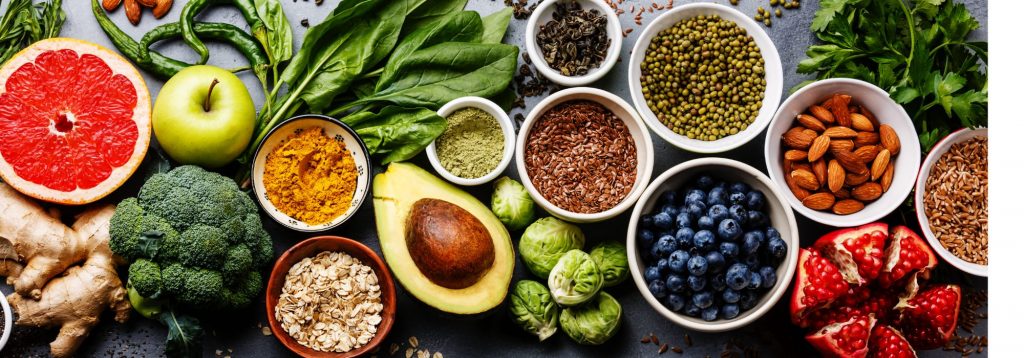
Calcium – We know calcium as one of the most important nutrients for healthy bones. However, we can have too much as well as too little calcium. Levels that are too high can cause the body to compensate by increasing the urinary output to bring the calcium levels back down. When calcium levels are too low, perhaps due to poor diet or taking calcium depleting medications, the body will start taking it from your bones.
Sources of calcium other than dairy (some dairy products have been found to be associated with an increased risk of hip fractures1) are sardines, sesame seeds, dark green leafy green veg such as kale and swiss chard, broccoli, soya beans, tofu, almonds, beans and brown rice.
Vitamin D – We need enough vitamin D for us to absorb calcium in our intestines and also to metabolize calcium. As oestrogen levels drop in menopause, the hormone known as parathyroid hormone (which breaks down bone) tends to increase. Vitamin D has been shown to limit this rise and so limit bone breakdown. Although we can get vitamin D from sunlight and foods like oily fish, eggs, mushrooms, red meat and fortified foods such as cereals and dairy free milks, many people are often deficient in the winter and it’s usually a good idea to supplement at this time. A simple vitamin D test is recommended to check your levels so that supplementation is at the right level for you.
Magnesium – According to research, bone density can be impacted by a deficiency in magnesium. Some good sources are avocados, nuts and seeds, tofu, spinach, soya beans, oatmeal, bananas and oily fish.
Vitamin K – Along with vitamin D, vitamin K has recently been recognized as essential to bone health2, as it is key for the binding of calcium to the bone matrix. It also limits how much calcium we excrete in our urine. Vitamin K2 acts as a co-factor for the enzymes and amino acids involved in BMD. As our gut bacteria play an important role in Vitamin K metabolism, levels can also be affected by poor digestion. Found in leafy green veggies, broccoli, brussels sprouts, avocado, prunes, liver, fermented cheeses and soya beans.
Boron – has been shown to reduce the loss of calcium and magnesium in the body and has been shown to improve bone density. Sources are dried apricots, nuts, raisins and avocados.
Protein – Ensuring you get sufficient protein in your diet is important and may be beneficial in preventing hip fractures and BMD loss3. As well as getting protein from meat, dairy, eggs, fish, or poultry, we must not forget plant-based sources such as seeds (chia, pumpkin, hemp, sesame), legumes (beans, lentils, chickpeas, soya beans), tofu, tempeh, oats, quinoa, and nuts (walnuts, almonds, pecans, cashews) and vegan protein powders (choose organic or non-GMO when possible). Many of these foods contain calcium and vitamin D too.
Collagen – Collagen is often overlooked as a vital aspect of bone – it gives it flexible strength, whereas the mineral components ensure bones are rigid for weight-bearing strength. When there is a lack of collagen and minerals our bones can become brittle. Collagen increases BMD4 as it enhances the ability of your bones to utilize calcium and other essential minerals. Your body makes collagen from protein-rich foods like meats, fish, eggs and dairy, which contain all of the essential amino acids your body uses to make collagen. Another source of collagen is bone broth, made by simmering beef, chicken or fish bones in water to draw the collagen out, then the liquid can either be drunk or combined with other foods in recipes like soups and stews.
Vitamin C – Vitamin C supports the production of collagen, and reduced vitamin C intake may be associated with the development of osteoporosis and increased risk of fracture5. Vitamin C can be found in citrus fruits, blackcurrants, berries, tomatoes, broccoli, kale and peppers.
Digestive Health – This is really important, as without a healthy gut, we cannot absorb essential nutrients. Prebiotic foods like leeks, onions and garlic or probiotic foods including sauerkraut, kimchi and kefir, can help to keep your gut in check6.
What should we be avoiding?
Fizzy drinks – these are high in phosphoric acid which leaches calcium from the bones. Caffeine in some of these drinks can cause water loss – calcium and other minerals are lost when we urinate more. Artificial sweeteners in many fizzy drinks can also lead to mineral loss, as can too much table salt – try using more herbs and spices for flavouring, or opt for natural unrefined Himalayan salt, as well as avoiding too many processed crisps and packaged snacks.
A diet high in processed food, caffeine and sugar, poor quality meat, and low in vegetables, or an excessively high protein diet can create an acidic environment, which can leach calcium from bones, affecting BMD.
As you can see, a diet which includes whole grains, fruits, vegetables, nuts, and seeds offers the most benefit to your bones. This doesn’t always mean making a huge change to your diet, but it can be a good idea to make some adjustments to support your bone health. This may just mean taking out some of the less beneficial packaged or processed foods and concentrating on fish and plant-based proteins and extra veggies, which contain many beneficial nutrients as well as phytoestrogens (plant-based oestrogens).
Here are some bone-healthy lunch and snack ideas:
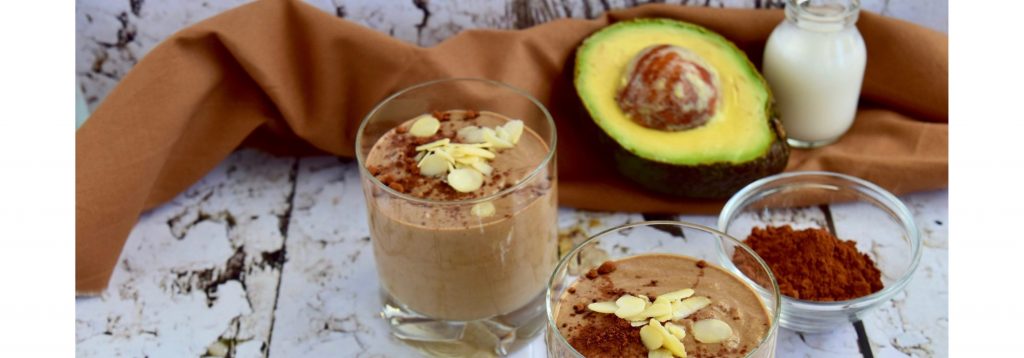
- Sugar-free bio yoghurt with berries
- Apple slices/banana with almond butter
- Chocolate avocado smoothie (made with avocado, almond milk, almond butter, baby spinach and chocolate protein powder)
- Few squares dark chocolate
- Quinoa salad (include soya beans, tinned mackerel/salmon, tomatoes, herbs, peppers dressed with extra virgin olive oil and apple cider vinegar)
- Humus and falafel with salad and kimchi, topped with seeds
- Mushroom and kale omelette with rocket salad
Bone health is just one aspect to consider when entering the perimenopause. If you’d like to know more about supporting your health during perimenopause, contact Deborah, BANT Registered Nutritionist at https://www.attend2health.co.uk/index.php/nutritional-therapy/

1. Milk, dietary calcium, and bone fractures in women: a 12-year prospective study – PubMed (nih.gov)
2. Vitamin K and bone health in adult humans – PubMed (nih.gov)
3. Dietary protein and bone health: a systematic review and meta-analysis from the National Osteoporosis Foundation – PubMed (nih.gov) and Dietary Protein Intake above the Current RDA and Bone Health: A Systematic Review and Meta-Analysis – PubMed (nih.gov)
4. Collagen structure deciphered Microsoft Word – final_6.doc (mit.edu)
5. The Roles and Mechanisms of Actions of Vitamin C in Bone: New Developments (nih.gov)
Louise Hampton
Related Posts
Latest Feedback
Google Rating
5.0 208 reviews
-
Emma Azzopardi ★★★★★ 2 months ago
I’ve attended the clinic with my newborn baby for cranial osteopathy to help with his silent reflux and wind, which is prevalent … More in c-section babies. The treatment has been a game changer in releasing trapped air and pockets of discomfort for him. Meghan is very gentle and has works wonders for my baby. Highly recommend! The photos show just how relaxed my son is by the end of the cranial osteopathy treatment. -
Sid Sampson ★★★★★ a month ago
Joanne was really helpful today with my knee. She listened carefully to my problem, and was extremely thorough with her investigation. … More She also gave me a science lesson which helped me to understand my pain and how to safely help it heal. -
Wayne Richards ★★★★★ 3 months ago
I've been seeing Homman for a few weeks. I could hardly walk with sciatica before going in. The treatment has been exceptional. … More He's very knowledgeable and puts you at ease. The front desk staff are always very helpful too. I fully recommend attend2health.

